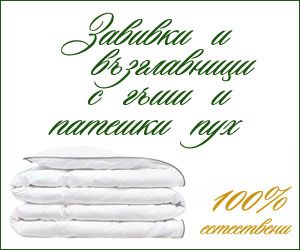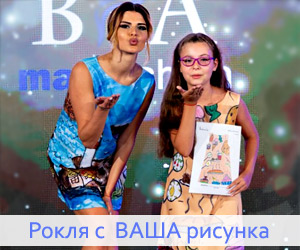STYLES IN JAPANESE STREET FASHION
Anna Rangelova
Japan began to emulate Western fashion in the mid-19th century. At the beginning of the 21st century, this borrowing formed street fashion - a fashion style in which the wearer made custom- made outfits, mixing the current with traditional fashion trends. Such clothes are most often made at home, using materials purchased from stores. There are many styles of dress in Japan, created by combining local and foreign fashion brands. Some of them are striking and avant-garde, like the haute couture of European catwalks. The rise and fall of many of these styles was chronicled by Shoichi Aoki in 1997 in the fashion magazine FRUiTS, which is famous for promoting street fashion in the country.
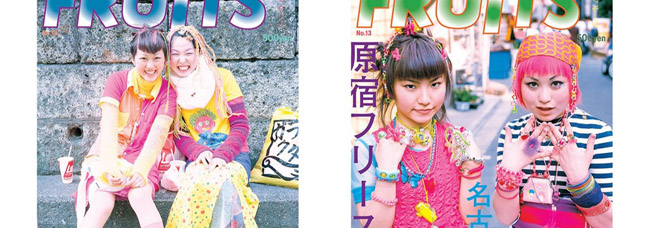
The direct influence on Japanese street fashion is the charm of South Korea, Taiwan and China. Geographical and cultural similarities are among the most important and determining factors. The similar shape of the body and figure makes the Japanese style easier and more sought after than those in European or American fashion. However, the influence of European and American fashion with the Japanese style does not create a direct rivalry. The motives behind the pursuit of fashion in Japan are different. The relatively large disposable income that Japanese youth had at their disposal is significant. Many argue that this was made possible by the cohabitation of young people with their parents at home, which reduced the cost of living. In addition, the emergence of a strong youth culture in the 60s and 70s, which continues to this day (especially in the Harajuku region) arouses a high desire for new and different fashion views.
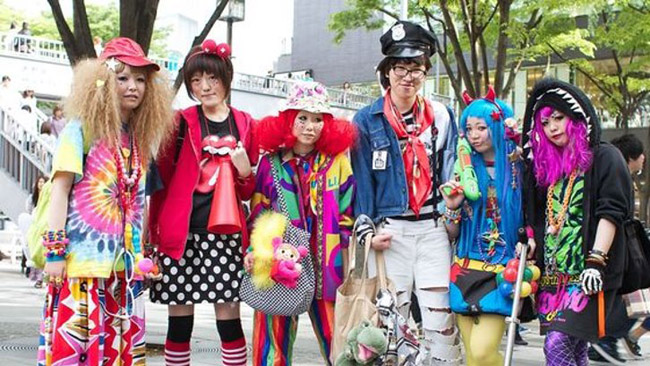
Varieties:Containing many different themes within its boundaries, Lolita fashion has become a recognizable style in Japanese street fashion. Gaining worldwide interest, "Lolita" is seen as one of the many different styles that the "cute" in Japan brings.One of them is the Gothic Lolita style. It is heavily influenced by Eastern and Victorian Gothic styles. It is often characterized by dark colors, crosses, bats and spiders, as well as other popular Gothic "symbols". Victorian iron gates and architectural designs are also often found, such as prints on clothing. Skirts are usually knee-length, complemented by volume skirts. Blouses and shirts are usually trimmed with lace. Knee-length socks with boots, bonnets, brooches and an umbrella complete this look.
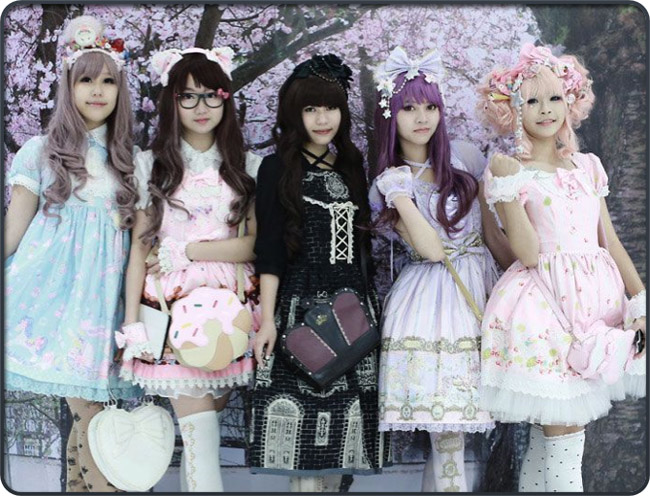
"Sweet Lolita" is the most childish style, characterized mainly by the presence of artificial baby animals, fairy-tale themes, innocence and children's clothing, inspired by baby dolls and "Hello Kitty". Pastel and other muted colors such as black, crimson and blue are used. Popular accessories at Sweet Lolita are large headbands, cute purses, elegant umbrellas and plush animals. The "Garu" style, known as "Ganguro", is actually a subcategory of the "Garu" style, which is a type of Japanese street fashion created in 1970. It expresses a huge protest against the girl's glamorous style of dress, violating all the rules of natural beauty and lives with artificial beauty (wigs, artificial eyelashes, artificial nails, etc.). It is varied and is not limited to blonde hair and tanned skin.
< align="center"p>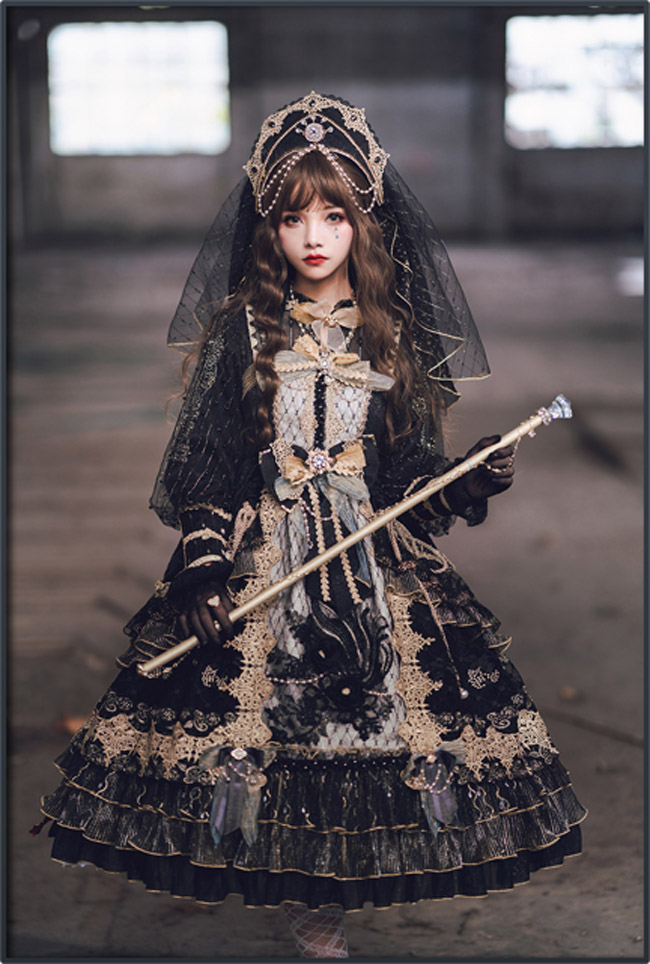
The Kogyaru style is recognizable by the loose socks and short skirts. The general look of this style is borrowed from the school uniform, but with a shorter skirt, loose socks and a looser scarf. Girls who dress like that sometimes call themselves "gyaru," that is, "spoiled girls." In 1990, this trend was popular, but now it is declining.
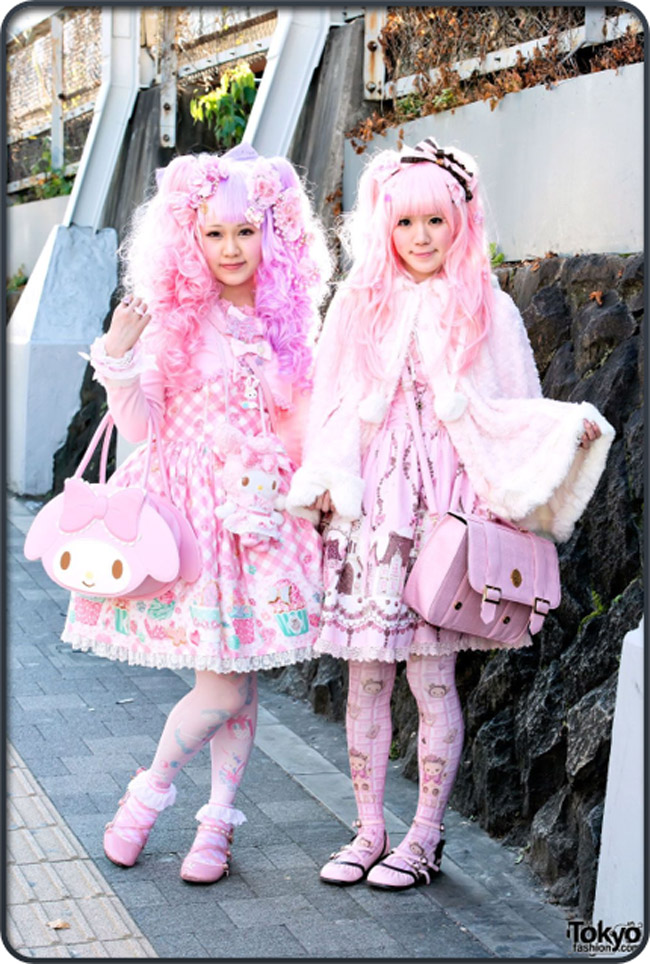
Bosozoku is often portrayed in many forms in the Japanese media, such as anime, manga, and other films. The typical member of the Bosozoku style is often depicted in a uniform that consists of a jumpsuit - such as those worn by ordinary workers or toko-fuki, a type of military clothing fitted with a coat, with the addition of the battle call "kanji". “. They are usually worn open, without a shirt underneath, accompanied by showing off bandaged crosses and baggy pants that are tucked into high boots.
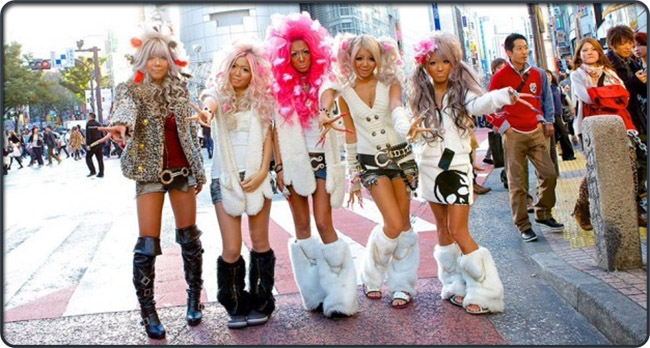
The "Decor" style is the accumulation of many layers of cute accessories, as the bangs and the shirt remain barely noticeable. Leggings, mittens and knee-high socks are layered on top of each other. Common details include leopard prints and colorful dental masks.
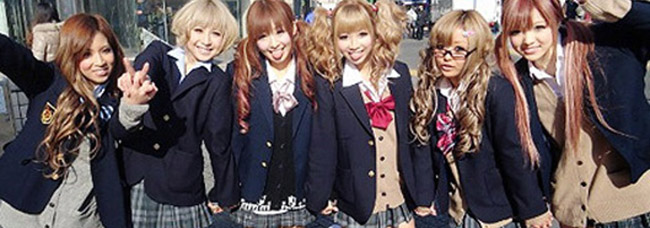
"Shironuri" literally means "painted white." It is so named because people who dress in this style wear white makeup. This is the only rule, although traditional Japanese fashion elements (kimono, hakama, etc.) are common, as are elements of Gothic Lolita.
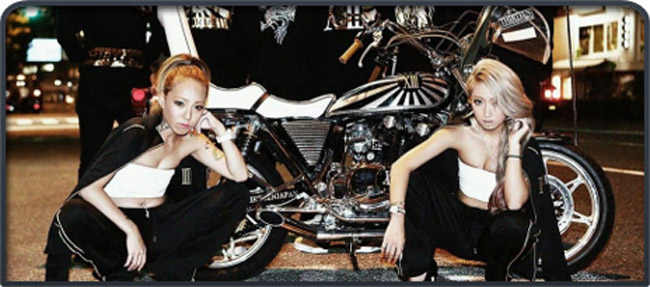
"Visual Kay" is a style created in the mid-80s of the 20th century by Japanese musicians. It consists of bright make-up, non-standard hairstyles and lavish costumes, similar to those of "western glam rock" and "glam metal".
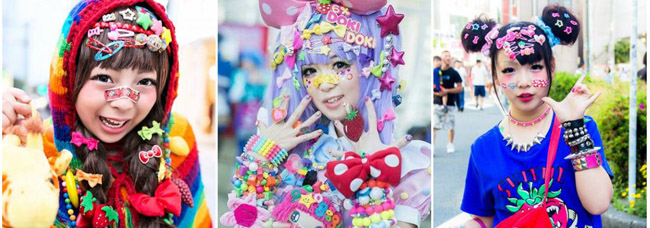
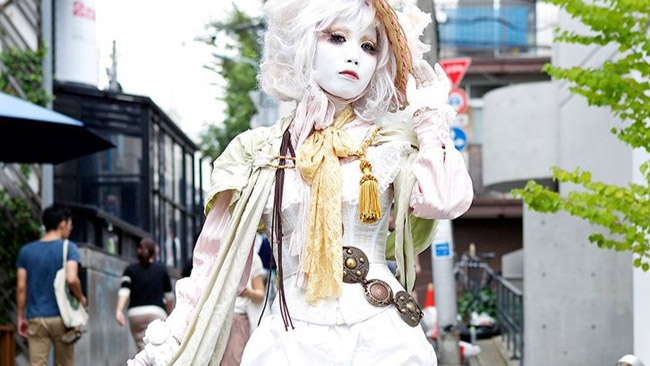
The Oshare Kei style focuses mostly on mixing different patterns, bright colors and punk elements to create a unique look. Unlike "visual kei", the make-up is slightly softened and focuses mainly on the eyes. Facial piercings are also found in this style. Just like the "visual quay" style, the "oshare kei" is heavily influenced by music artists.
Dolly Kei is a new style based on the fashion perceptions of the Japanese, influenced by fashion in the Middle Ages and the tales of the Brothers Grimm and Hans Christian Andersen. This style includes a lot of retro clothes along with religious symbols.
The Mori style (which means "forest" in Japanese) uses soft, loose-fitting layers of fabric for clothing, such as floating dresses and vests. The emphasis is on natural fabrics (cotton, linen, wool) and handmade or vintage accessories with a natural theme. The color scheme usually consists of light and neutral colors, but cotton and linen fabrics as well as floral fabrics can be used. In terms of hairstyles, bangs are often curly, and braids are very popular.
Japanese street fashion is very diverse, influenced mostly by music. Independence from different styles, layering of different types of materials and accessories are always present. Many of the visits require a lot of preparation time, but then everyone takes the time to achieve this extravagant kind of "wow".
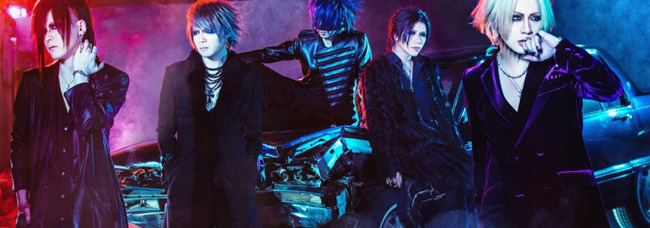
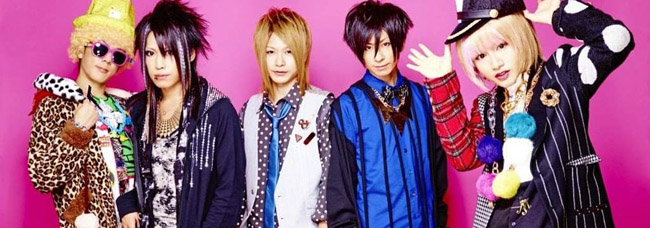
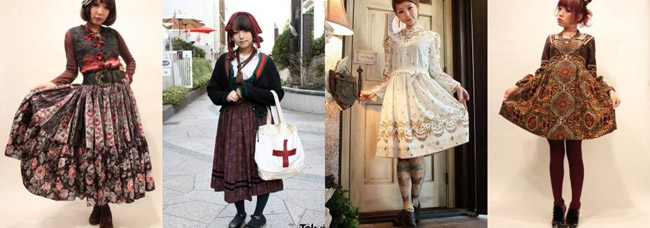
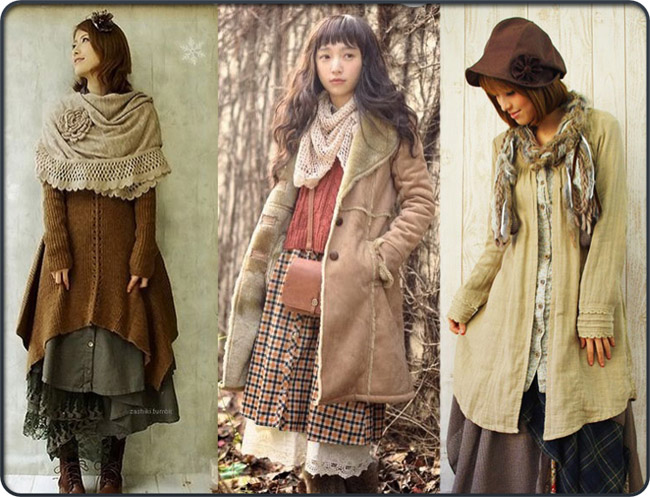
Photos:
1. - 2. Photos by Shiochi Aoki in FRUiTS, magazine.
3. Outfits in the style of "Lolita".
4. Outfit in the style of "Gothic Lolita”.
5. Sweet Lolita outfit.
6. The Gyaru style.
7. Several Kogyaru-style outfits.
8. Examples of the Bosozoku style.
9. Decor style.
10. Example for "Shironuri".
11. The Visual kei style.
12. Examples of Oshare kei style.
13. Dolly kei style outfits.
14. Several Mori-style outfits.
Sources:
https://edition.cnn.com/style/article/fruits-street-style-photographer/index.html
https://bg.legaltechnique.org/articles/aziya/bezumnaya-yaponskaya-moda-haradzyuku-bull-novosti-v-fotografiyah.html
https://twitter.com/lolitawardrobe/status/1234797770415849472
https://kogyaru.com/kogal-kogyaru-outfit/
https://kawaiivibe.com/blogs/kawaii/what-is-dolly-kei-all-you-need-to-know
Read: 4681 times © Fashion Lifestyle Magazine, issue 111, April 2021
MORE PUBLICATIONS:ISSUE 101: ROCKERS - THE BAD BOYS OF THE FIFTIES
ISSUE 99: LIVING DOLLS – IN SEARCH FOR PLASTIC PERFECTION
ISSUE 35: HARDSTYLE – TNE ELCTRONIC SUBCULTURE WITH HARD BEAT
ISSUE 17: THE NEW WAVE SUBCULTURE – THE NEW WAVE OF THE OLD CLASSIC
ISSUE 16: THE THREE-DIMENSIONAL STREET ART – THE SUBCULTURE OF THE REAL ILLUSION





